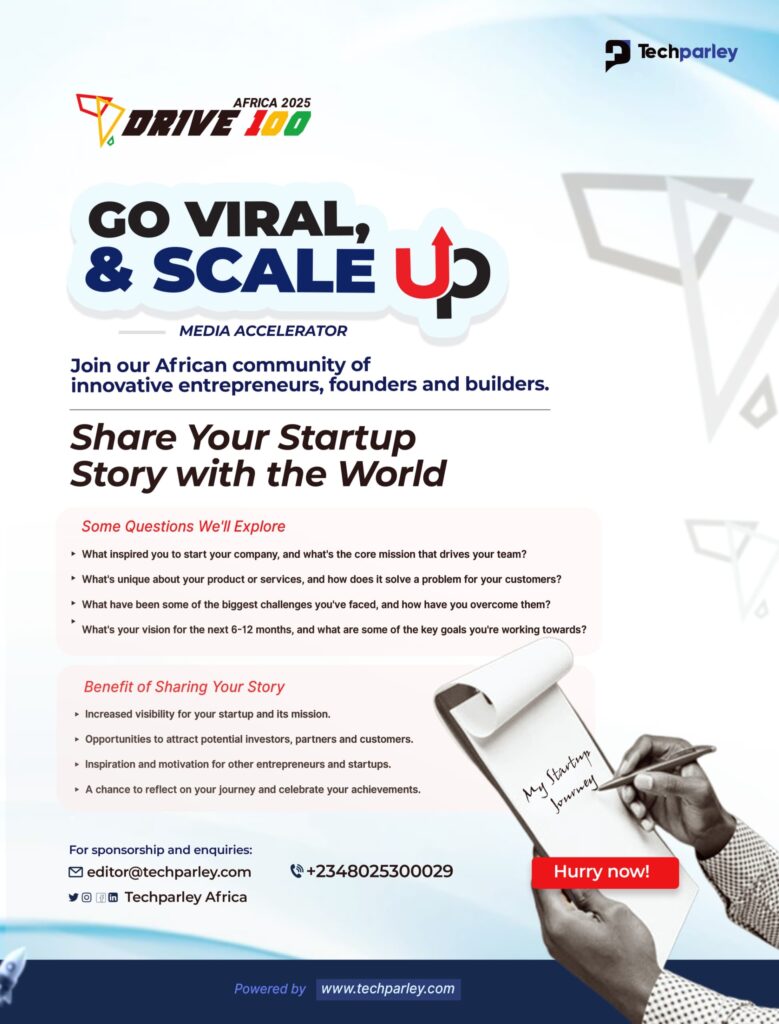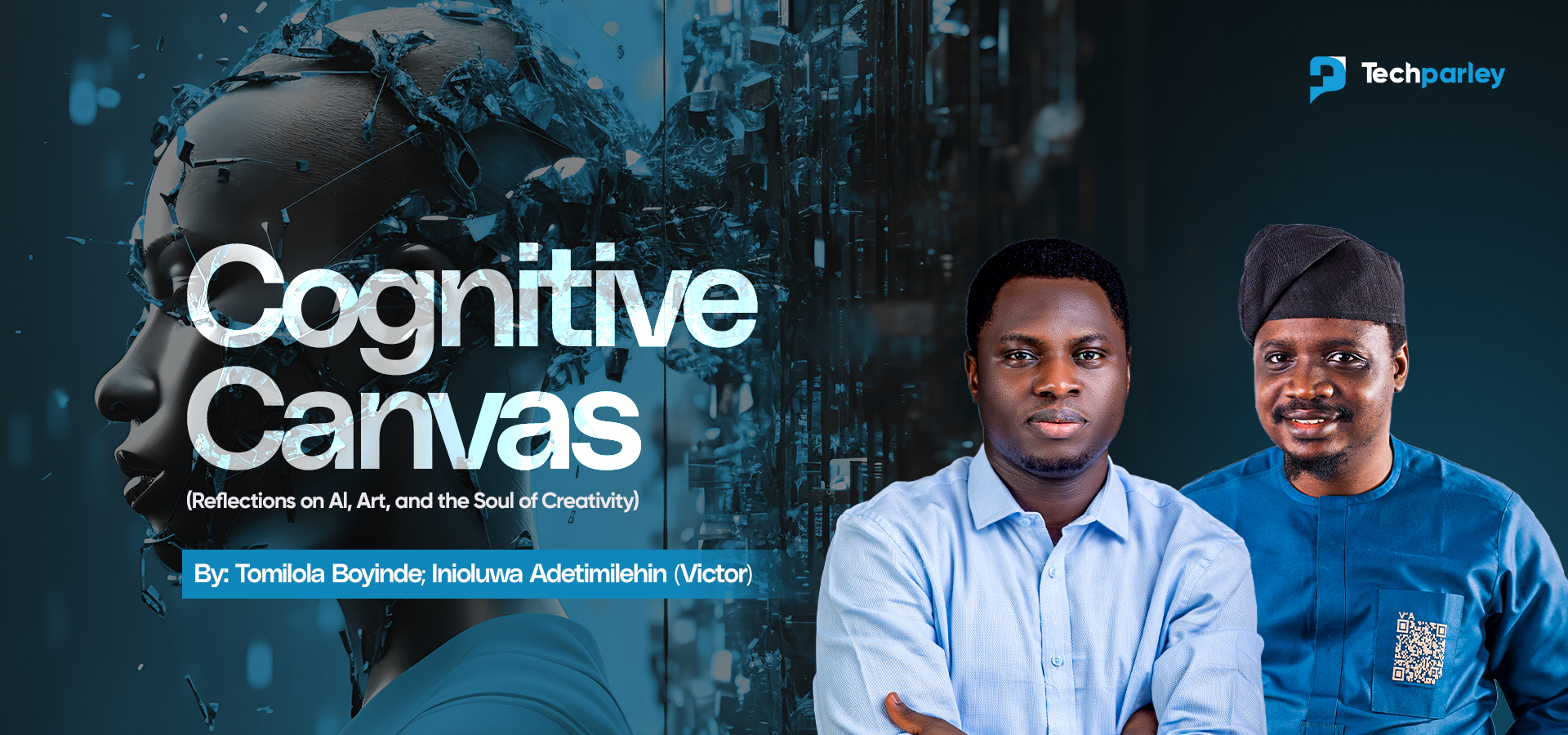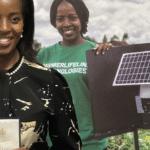Generative AI is reshaping the world’s creative industries, but its memory is incomplete. Most frontier models learn from digital archives that over-index Western voices and aesthetics. The result is mathematically biased models mirror that is shallow on the African end of creative depths.
While the bias is not always violent, it is too close to erasure and iconoclasm. Centuries of colonial documentation shaped what was recorded, digitized, and preserved. Thus, when AI reconstructs what “Africa” looks like, it often does so from the fragments that got archived, fragments shaped by external lenses. In that sense, it falls to the lot of African creatives to not only tell stories, but become guardians of what must be remembered
What is missing in generative systems is as telling as what they produce. African idioms, tonal languages, oral proverbs, indigenous design systems are underrepresented in most mainstream training datasets. Scholars have documented that image and medical AI models often skew toward lighter skin tones or fail to capture rich hue diversity, even in domains with urgent human consequences. Bias in data becomes bias in depiction, and bias in depiction becomes bias in cultural imagination.
In Africa, several languages are endangered, many cultural motifs go unrecorded, oral traditions fade from intergenerational memory. When these are absent from global datasets, the “Africa” that AIs imagine is impoverished, flattened, caricatured. The danger is that we will see ourselves through the mirror the machines hold, and that mirror will already have been distorted.
Rewriting Absence with Agency
But this is not a story that should necessarily end in lament. African creatives stand at a powerful intersection. Generative AI need not simply replicate the biases of its training archive; it can be reshaped by intentional intervention. African creators, institutions, and collectives can contribute the datasets, narratives, visual archives, and language corpora that steer models toward a richer, fuller representation.
Take Masakhane, for example, a grassroots movement to strengthen NLP research in African languages, led by Africans for Africans. Their effort shows that African languages need not merely be passive recipients of AI; they can be foundational building blocks. (See Masakhane) Similarly, the AfricaNLP community’s growth shows that research and indexing of African language models are expanding, shaping what the next generation of AI will “know” about Africa. (See The Rise of AfricaNLP study)
When a creator fine-tunes a model with Yoruba prayers, Igbo proverbs, Swahili idioms, or Adinkra symbolism, she is not just restoring what was omitted, she is asserting that her memory, her culture, her people matter in the digital archive.
Storytelling as preservation and power
If the future of culture is code, then storytelling becomes one of the strongest acts of preservation. African cultures have long used oral forms, gesture, performance, and ritual to carry history across generations. Generative AI offers new instruments in that lineage.
A filmmaker can now prototype folkloric scenes, visualizing spirits or ancestors with lower cost and greater reach. A translator can render a poem in multiple indigenous tongues simultaneously. A designer in Lagos or Addis can sketch garments grounded in African aesthetic logic, scale to audience, and iterate in ways that were previously resource-intensive. These are not acts of mimicry or superficial “African style”, they are acts of amplification. They let us multiply the voices that tell us who we are.
UNESCO itself is beginning to acknowledge this. Its work on AI and culture emphasizes cultural heritage preservation, urging nations and creators to leverage technology to protect, revitalize, and share language, memory, and artistic expression.
Bridging the gap
To bring this vision into reality, there are five principles that can enable the African creatives to shape the generative future:
1. Feed the archive
African creatives must see contribution of datasets not just as technical work, but as cultural stewardship. Open, richly documented datasets, text, audio, visual, with ethical metadata (source, context, language variant) are foundational. It is not enough to archive “African images”; we need archives that carry story, annotation, provenance, and voice. Every folkloric recording, every ancestral song, every dialect map is a deposit into the memory banks from which future models will draw.
2. Audit the lens
Models deployed at scale, particularly those used in creative contexts, must come with robust reporting on, cultural features, and regional diversity. Africa needs its own benchmarks, ones that respect its diversity. Before a creative model is accepted or marketed, it should report how well it represents the spectrum of African visual and linguistic diversity. Only then can creators trust that what emerges has fidelity to the world we live in.
3. Local first, global fluent
Meaning is always local before it becomes universal. African creators should build models grounded in their communities, languages they speak, idioms they know, visual traditions they inherit. From there, they can scale outwards. Rather than chasing Western validation, the work should start in the margins. UNESCO’s AI readiness and localization efforts emphasize the same: African nations must not merely adopt global AI—they must adapt it.
4. Credit and consent
When communities, elders, storytellers, and artists contribute cultural contents or data, they must be acknowledged, compensated, and have autonomy over usage. Datasets should be governed with opt-outs, attribution, shared rights, and respect for cultural ownership. We cannot build archives on top of extraction. The ethics of memory must include democracy of usage.
5. Train the trainers
We must equip artists, cultural institutions, libraries, and educators across Africa with AI literacy. Not to make everyone a model builder, but so that creators can commission, critique, collaborate, and critique from knowledge. When museum curators, folklorists, or traditional artists understand how generative models work, they become co-authors of the systems, not just its subjects. This deepens agency beyond output into structure.
A continent as curator
If the future of creativity will be written in code, let the African voice be part of the syntax. Let the colors of our markets, the rhythms of our speech, the stories of our ancestors ground the latent spaces that will tell the world who we are. The task is not simply to ask permission to appear in the machine’s imagination, but to author it through data we steward, stories we tell, and standards we insist upon.
Authored by:
Adetimilehin inioluwa Victor – Serial Creative: Poet | Essayist | Strategist | Founder:, Vic’Adex Concepts at vicadex.com
Adetimilehin Inioluwa Victor (Vic’Adex) is a serial creative and polymath who blends spoken-word poetry, painting, and communication to drive cultural innovations that advance human capital. Recognised among the top 10 contemporary spoken-word poets in Nigeria in 2015, he has since expanded his artistry into building creative safe spaces, thought leadership, and strategic communications. As an Engagement Manager at SCIDaR, he is shaping communication as a critical tool for improving social outcomes across the continent. Among his initiatives – each framed as “a Vic’Adex Concept”- are 60 Seconds Poet, Sip and Paint Abuja, and Vic’Adex Concepts & Aesthetic Resources. He continues to volunteer and contribute to social causes aligned with his creative and professional passions.
Tomilola Boyinde – Founder/CMO/Host, Bulbling247
Tomilola Boyinde is a serial creative, global marketing technologist and founder of Bulbling247, a global storytelling platform exploring creativity, technology, and innovation. He witnessed and documented the new world invention, innovation and emerging technologies exhibited at the World Expo Dubai. He has contributed to the marketing and growth of both Nigerian and global brands, blending strategy, creative storytelling, and technology to craft campaigns that resonate and inspire. With a passion for human-centered innovation, Tomilola champions untold stories, amplifies emerging voices, and drives creative solutions that connect culture, technology, and businesses globally.
The AI & Creativity series was birthed by the conversation on Bulbling247 podcast. Watch the episode here: https://www.youtube.com/watch?v=5kXatW9RMM8&t=1391s
REFERENCES
- UNESCO – Artificial Intelligence and Culture (2025): calls for using AI to preserve heritage and linguistic diversity; urges AI education for artists. UNESCO
- Nature Communications (2023): documents under-representation of Africans in datasets and the downstream research gap. Nature
- Clinical/Imaging studies (2024): show skin-tone bias in AI-generated medical images and note limitations of common scales for hue diversity. ai.jmir.org+1
- Masakhane & AfricaNLP (2024–2025): grassroots, Africa-led NLP capacity for low-resource languages; active workshops and corpora. masakhane.io+2Google Sites+2
- Dataset auditing & capacity: emerging work on LAION person-centric bias auditing; UNESCO initiatives to strengthen digital creative industries. arXiv+1
Bookmark Techparley.com for the most insightful technology news from the African continent.
Follow us on Twitter @Techparleynews, on Facebook at Techparley Africa, on LinkedIn at Techparley Africa, or on Instagram at Techparleynews.






